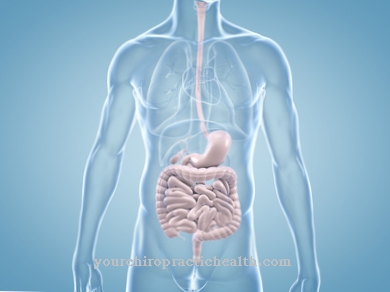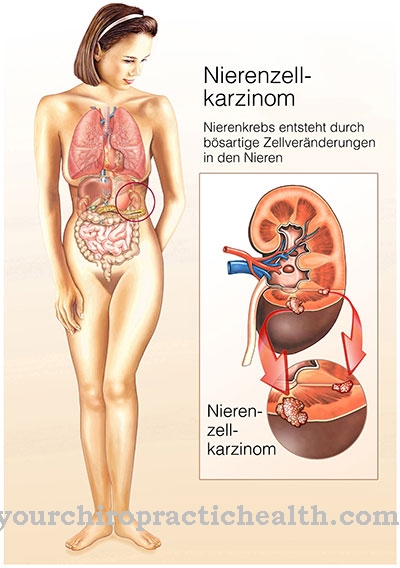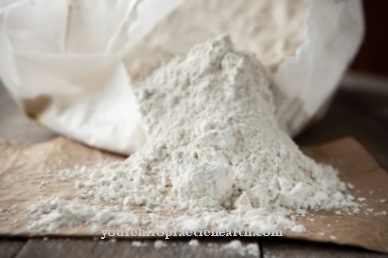Chenodeoxycholic acid is one of the so-called primary bile acids, i.e. end products of the human cholesterol balance. The acid is formed in the liver from cholesterol and functions as an emulsifier that makes lipases accessible to fats. It can be used in medicines to regulate the cholesterol balance and to break down cholesterol gallstones.
What is chenodeoxycholic acid
In addition to cholic acid, chenodeoxycholic acid is the most important primary bile acid in humans. The term bile acid encompasses various end products of the human cholesterol balance. What they have in common is that they are used for the digestion and absorption of fat and belong to the group of steroids.
In chemistry, chenodeoxycholic acid is described by the general empirical formula of the primary bile acid. This was C 24 - H 40 - O 4, which corresponds to a moral mass of about 392.57 g / mol.
Chenodeoxycholic acid is found in the form of the typical structure of a steroid. Accordingly, the acid is composed of a steroid with a cyclopentanoperhydrophenanthrene ring and an additional aromatic ring. The basic structure of chenodeoxycholic acid consists of sterane, which in turn is a special feature of all steroids.
Chenodeoxycholic acid is present as a solid at normal room temperature. It is described as a white, crystalline powder that can sometimes be white-yellow. The melting point of the acid is set in the medical literature between 165 degrees Celsius and 167 degrees Celsius.
Chenodeoxycholic acid is used in medicines to regulate the cholesterol balance or to dissolve cholesterol gallstones.
Pharmacological effect on the body and organs
The function of chenodeoxycholic acid is to ensure the emulsification of fats in the human small intestine. Emulsification is the process by which two immiscible liquids form a dispersible system.
Chenodeoxycholic acid ensures that dietary fats are processed within the human body. The acid thus enables nutritional fats to be made available.
Chenodeoxycholic acid is biosynthesized in the liver, more precisely in the organ's hepatocytes. The starting product of chenodeoxycholic acid is cholesterol. This is synthesized through a complex process. Here it is first converted into pregnenolone in various oxidations and hydroxylations of the side chains. However, this is a mere intermediate product that is only then synthesized into fully utilizable chenodeoxycholic acid.
Medical application & use for treatment & prevention
Chenodeoxycholic acid is responsible for the emulsification of dietary fats within the human body. This process takes place in the small intestine. The acid makes the molecules of the dietary fat accessible to certain lipases. The lipases are responsible for the enzymatic processing of the fats.
After the fats have been made available, a large amount of the bile acid is returned to the colon, i.e. reabsorbed. From there it is transported on to the liver. This happens through the so-called enterohepatic cycle. This is a circulation flow of various substances that extends from the liver via the gallbladder and intestines back to the liver.
Chenodeoxycholic acid can - like other bile acids such as B. Dehydrocholic acid - can be used as a medicinal substance. The purpose of this medical treatment is to stimulate biliary secretion. There are also preparations containing chenodeoxycholic acid that dissolve colestering gallstones.
As an active ingredient, the acid is typically administered in the form of film-coated tablets or hard capsules. The patient is always taken orally. It requires prior prescription by the attending physician, as all preparations are subject to pharmacy and prescription requirements, i.e. they are not available for sale.
Risks & side effects
When taking chenodeoxycholic acid, watch out for potential interactions. Preparations that contain chenodeoxycholic acid as an active ingredient must therefore not be taken at the same time as medicines containing aluminum or smectite. Chenodeoxycholic acid should also not be taken while taking colestipol or colestyramine or other active ingredients that have an influence on the cholesterol level.
As a rule, drugs that contain chenodeoxycholic acid are considered well tolerated. However, it is conceivable that patients may experience loose stools or diarrhea after taking it. Changes in liver values are also conceivable. The side effects usually end after treatment. So they are not permanent.

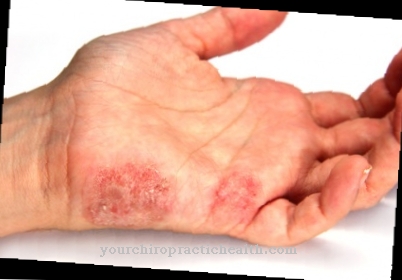
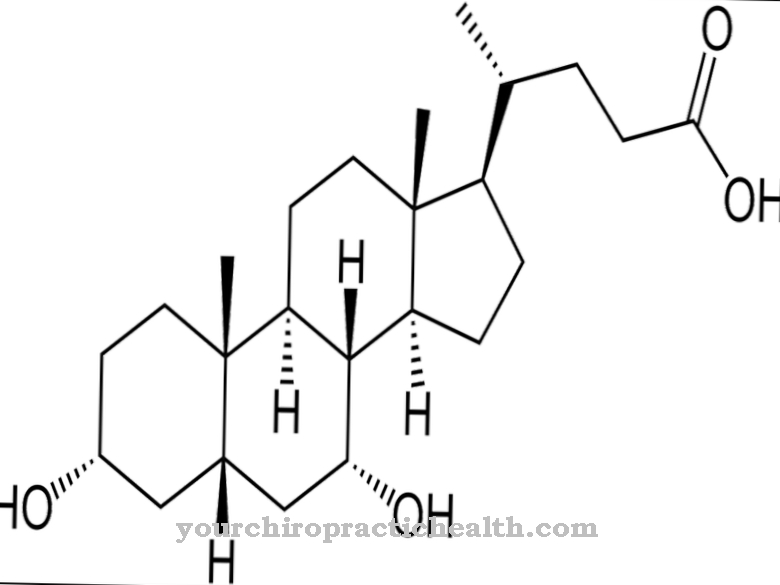

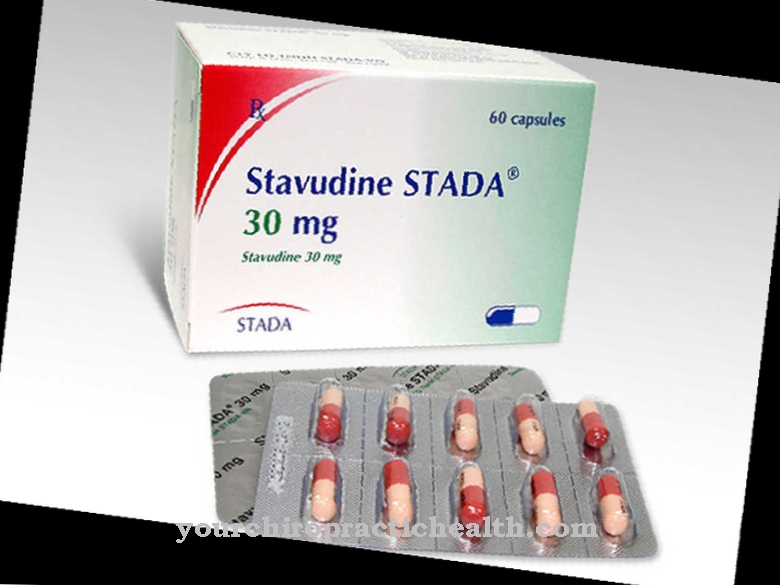




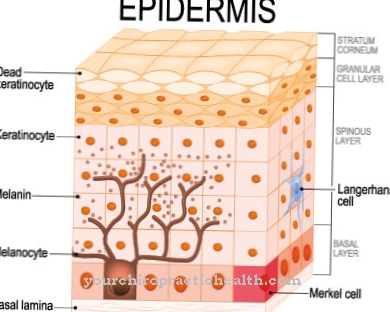

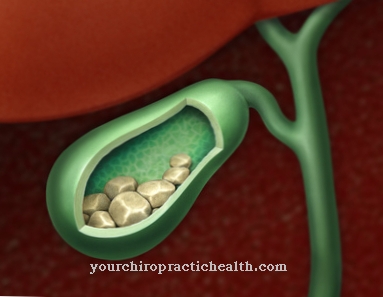


.jpg)
